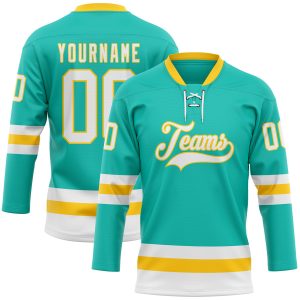WELL COME TO AQUATIC BUDDY
Your number one sour for trusted information on Beta fish
New Arrival !
3D Hockey Jersey
$40.98
3D Hockey Jersey
$40.98
3D Hockey Jersey
$40.98
3D Hockey Jersey
$40.98
3D Hockey Jersey
$40.98
3D Football Jersey
$41.98
3D Football Jersey
$41.98












